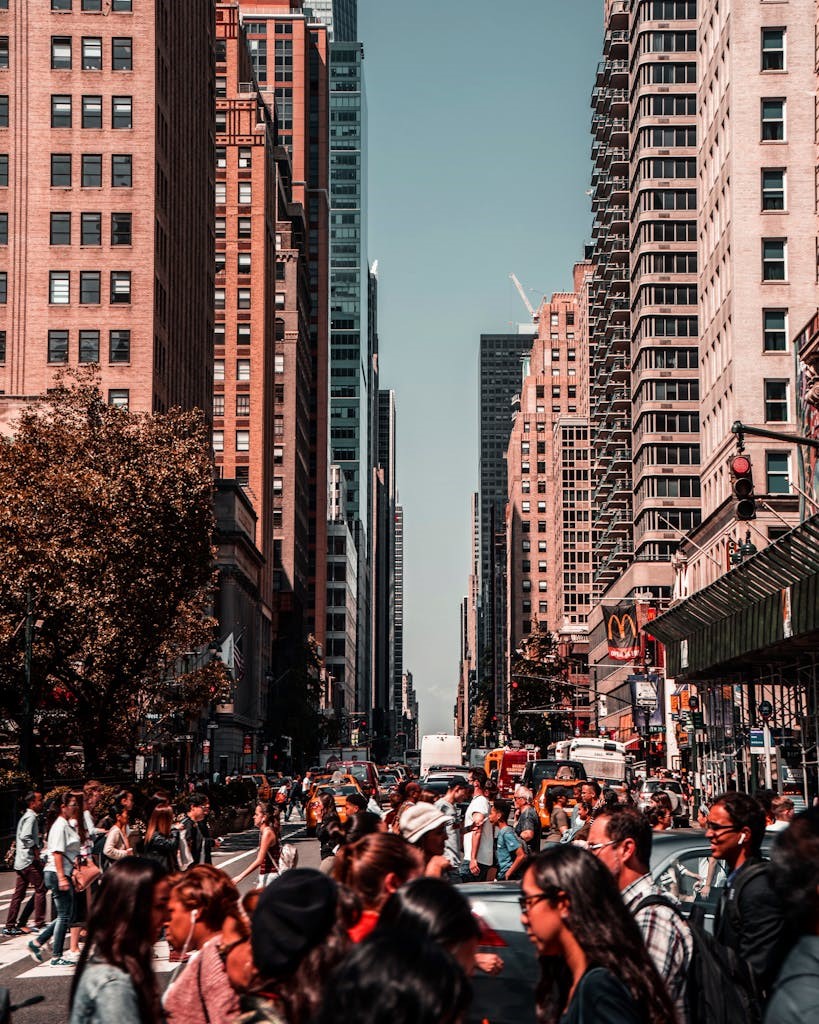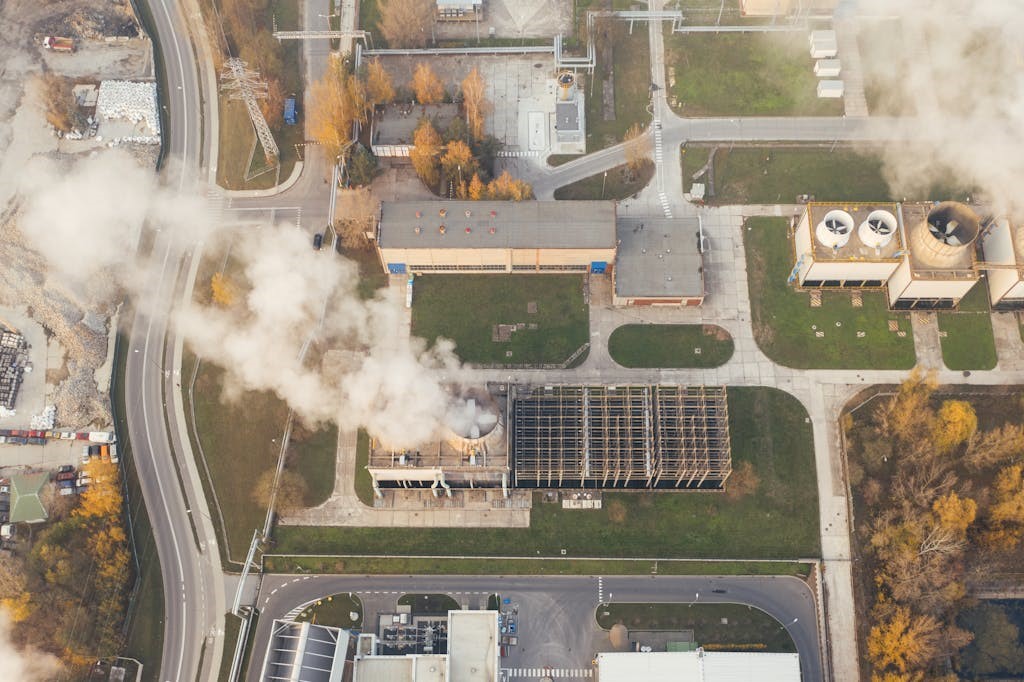Architecture is far more than the construction of buildings—it’s the foundation of how we live, work, and connect. From historic monuments to modern sustainable cities, architecture reflects society’s values and actively shapes our cultural identity, economy, and overall well-being. As Winston Churchill once said: “We shape our buildings, and afterwards, our buildings shape us.”
In this blog, we explore how architecture impacts different aspects of life and why it matters more than ever in today’s world.

Architecture as a Cultural Identity
Architecture is a visible expression of culture and heritage. Landmarks like the Eiffel Tower or the Colosseum are more than tourist attractions—they are symbols of national pride and collective memory.
In modern cities, architecture also mirrors multicultural influences, blending diverse styles and ideas. Sustainable, innovative buildings are becoming the new cultural icons, showing how societies adapt to global challenges while preserving identity.
Driving Economic Growth Through Design
Well-planned architecture fuels economic development. Thoughtful urban planning creates vibrant city centers, attracts investments, and boosts tourism. For example, mixed-use developments combine living, working, and leisure spaces—creating communities where businesses thrive and people want to live.
Good architecture also makes cities more efficient: improved transportation networks, accessible housing, and modern infrastructure directly support local economies.
Building Communities and Connections
Spaces shape behavior. Parks, public squares, and community centers encourage social interaction and inclusivity. Residential designs with shared gardens or walkable streets foster stronger neighborhood bonds.
Inclusive design also matters—architecture that accommodates people with disabilities, families, and the elderly builds a more connected, equitable society.
Architecture and Human Well-Being
Our surroundings influence how we feel every day. Natural light, ventilation, and access to green spaces reduce stress and support mental health. Hospitals, schools, and offices designed with user-centric approaches see better recovery rates, higher productivity, and improved learning outcomes.
In short: better spaces mean healthier, happier lives.
Sustainability and Resilience
Today, architecture must address climate change and resource scarcity. Green buildings with solar panels, water recycling, and energy-efficient materials reduce environmental impact while lowering costs.
Resilient architecture—such as flood-resistant structures or earthquake-proof designs—ensures communities can withstand future challenges.

Challenges and the Future of Architecture
Rapid urbanization, affordable housing, and sustainability are pressing global issues. The future of architecture will rely on technology: smart building systems, 3D printing, and sustainable materials will redefine design.
At the same time, architects must balance tradition with innovation—preserving cultural values while creating adaptable, inclusive, and future-ready spaces.
Final Thoughts
Architecture is not just about structures—it’s about shaping the way people live, interact, and thrive. It reflects who we are as a society while influencing our economy, culture, and health. By integrating sustainability, inclusivity, and innovation, architecture can continue to create spaces that improve quality of life and inspire future generations.
At SAXON, we believe architecture is not just the backbone of cities—it’s the blueprint for society’s growth and resilience.